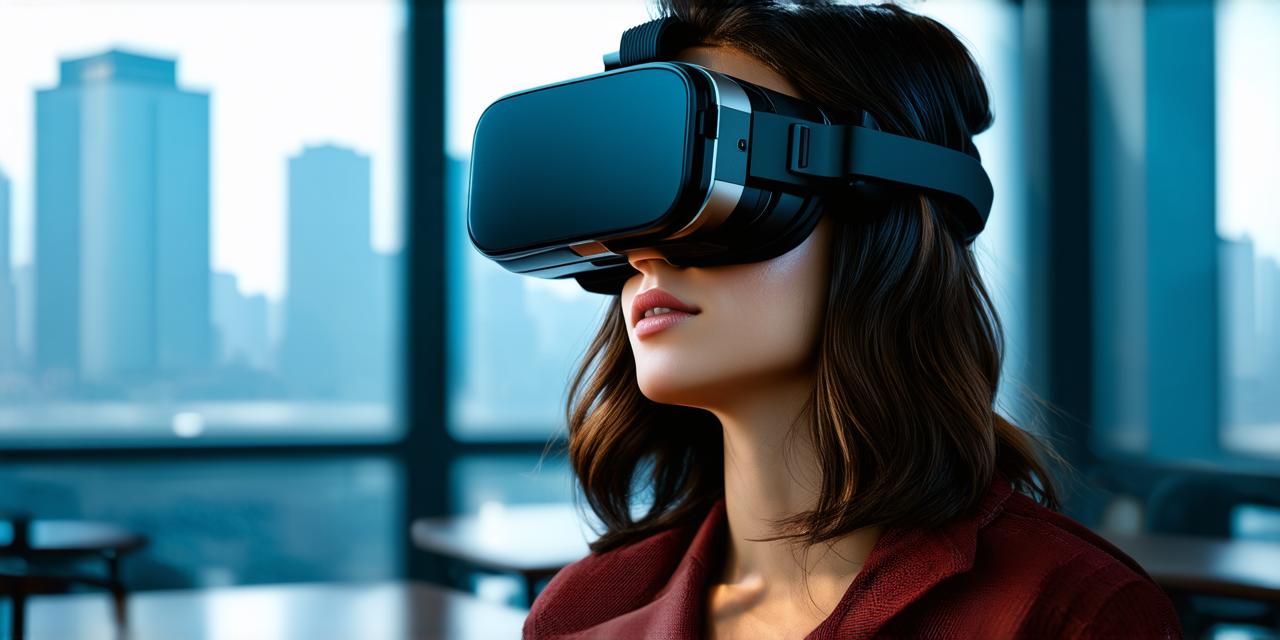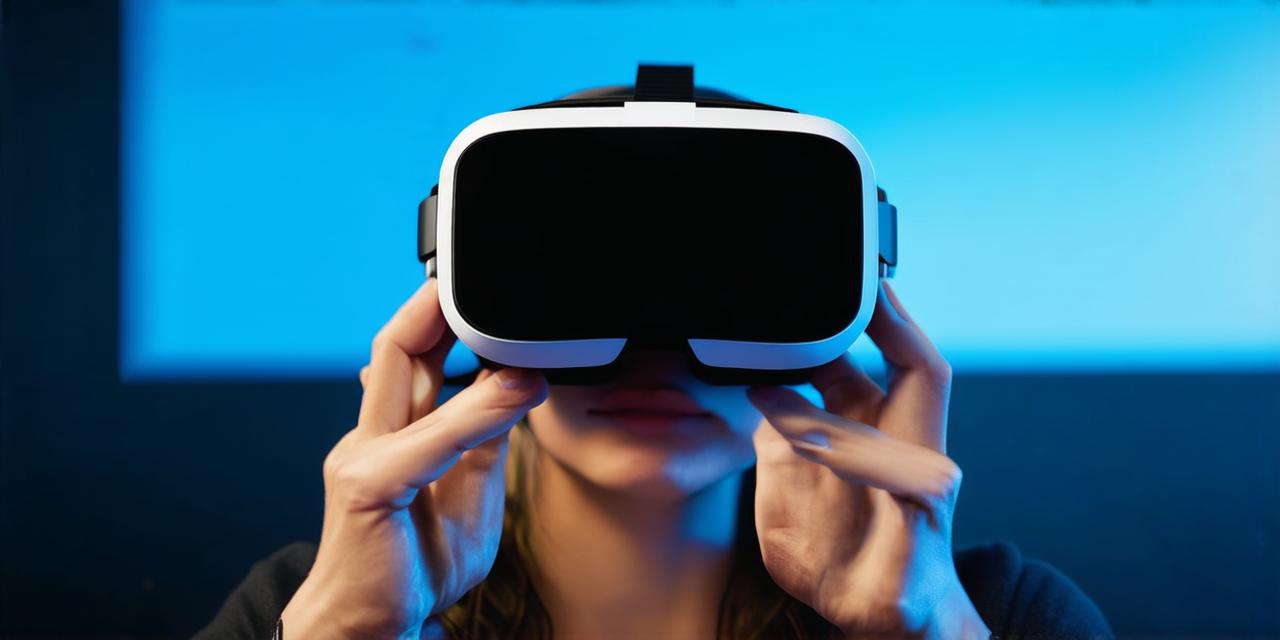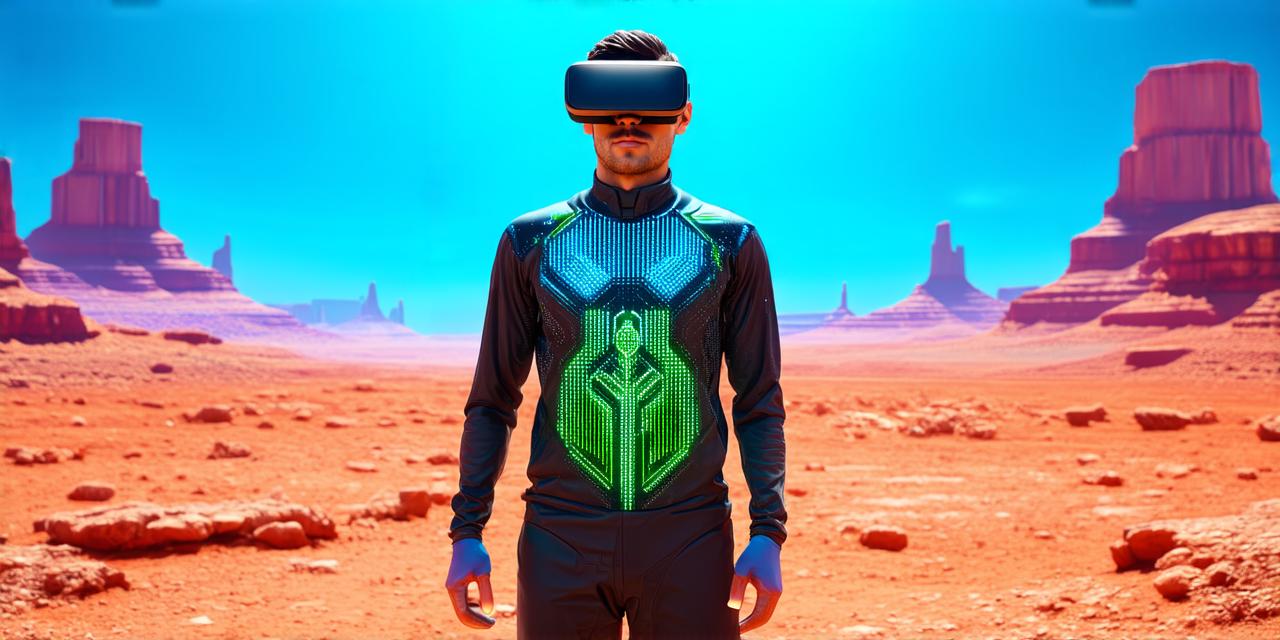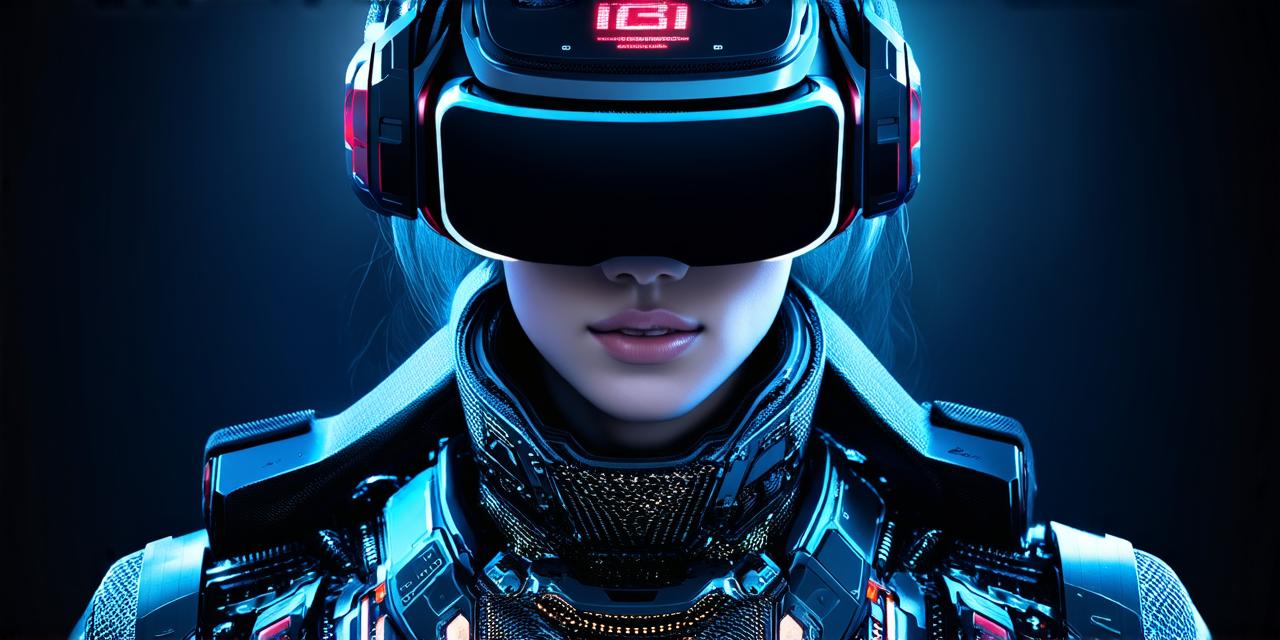Immersive Learning Environments
One of the key benefits of VR technology is its ability to create immersive learning environments that allow students to experience real-world scenarios in a safe and controlled environment. For example, medical students can practice surgeries using VR headsets, while history students can explore ancient civilizations virtually.
Immersive experiences not only make learning more engaging but also help students develop critical thinking skills, problem-solving abilities, and creativity. VR provides an opportunity for students to learn in a way that is more meaningful and effective than traditional teaching methods. For instance, physics students can simulate experiments to test hypotheses or biology students can dissect virtual specimens to learn about anatomy.
Interactive Learning Experience
Virtual reality provides an interactive learning experience that allows students to interact with the environment in real-time. Students can explore and manipulate objects and environments, providing them with a hands-on learning experience that helps them understand complex concepts.
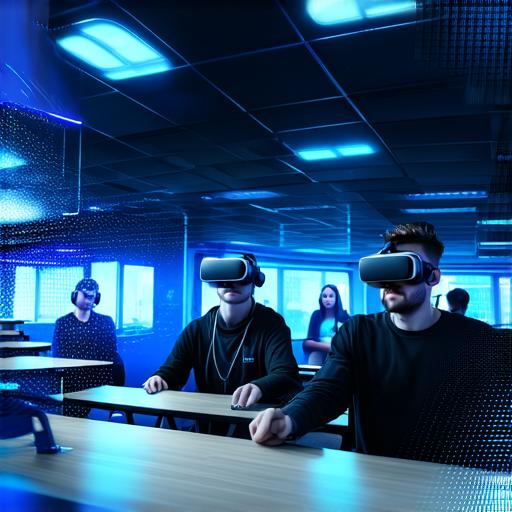
Increased Engagement and Motivation
Virtual reality technology provides a high level of engagement and motivation, which can lead to improved learning outcomes. Students are more likely to be actively engaged in the learning process when they find it interesting and enjoyable. VR can provide an immersive and interactive learning environment that captures students’ attention and motivates them to learn.
Enhanced Collaboration and Communication
Virtual reality technology provides an opportunity for collaboration and communication among students and teachers, regardless of their physical location. Students from different parts of the world can work together on projects using VR tools, providing them with a global perspective and promoting cultural awareness.
Teachers can also use VR to provide feedback and guidance to students in real-time, making the learning process more efficient and effective. For instance, biology teachers can provide virtual tours of different ecosystems or chemistry teachers can conduct experiments virtually.
Reduced Costs and Time Savings
Virtual reality technology can reduce costs and time savings for educators by eliminating the need for physical resources such as textbooks, labs, and field trips. VR provides a cost-effective solution for simulating real-world scenarios and experiences that would otherwise be difficult to access or expensive to replicate.
For example, history students can explore ancient civilizations virtually instead of visiting museums or archaeological sites. Virtual reality technology can also reduce the need for physical lab equipment, reducing costs and space requirements.
Real-Life Examples
One great example of the power of virtual reality in teaching is the use of VR simulations in medical training. Medical students can use VR headsets to practice surgeries, providing them with a hands-on learning experience that prepares them for real-life situations. Such simulations not only make learning more engaging but also provide a safe and controlled environment for practicing complex procedures.
Another example is the use of VR in language learning. Language students can practice conversational English with virtual characters, providing them with an opportunity to improve their communication skills in a realistic and interactive environment. This approach has been shown to be effective in improving students’ speaking and listening abilities.
Summary
Virtual reality technology provides a powerful tool for educators to enhance teaching methods and improve learning outcomes. VR can create immersive and interactive learning environments, increase engagement and motivation, promote collaboration and communication, and reduce costs and time savings. By leveraging the power of VR, educators can provide students with a more engaging, effective, and cost-effective learning experience. As AR developers, it is important to stay up-to-date on the latest advancements in VR technology and explore its potential applications in education.
